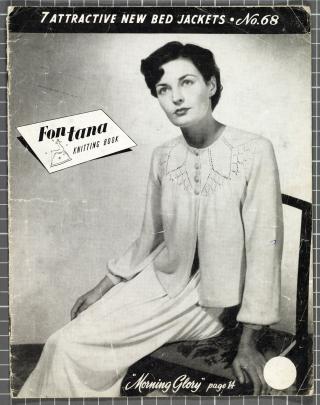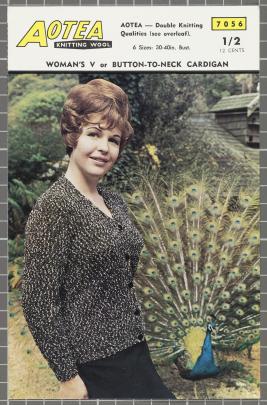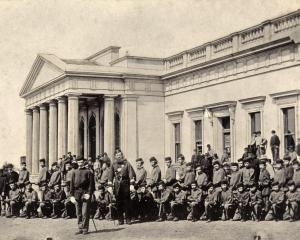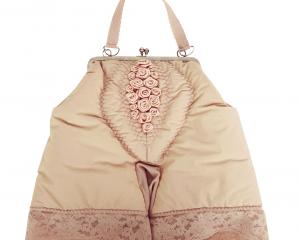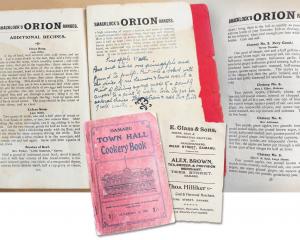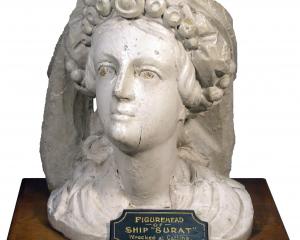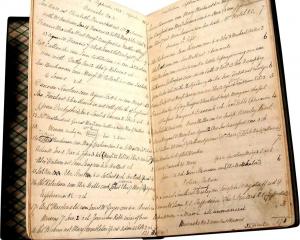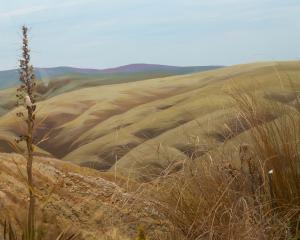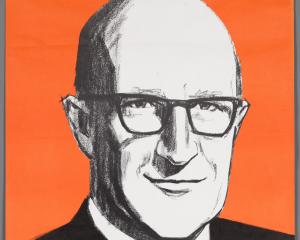One of the largest knitting pattern collections within a New Zealand institution is held in the Hocken Collections at the University of Otago.
Housed within the Ephemera Collection are more than 3000 patterns that date from the 1940s onwards. Mostly donated, a few are local charity store purchases.
To many, they represent an outdated activity for elderly women, but a closer examination reveals their potential for multiple avenues of research.
Perhaps the most obvious use of patterns is the documentation of changing fashion: we can track rising and falling hem lines, fitted ’50s waistlines that balloon out in the ’90s, and changes to garment construction methods.
Patterns were designed to support the release of new yarns and through them we can explore the introduction and availability of synthetic and natural fibres, and the rise and fall of brands (and companies) gaining an insight into one of the country’s largest primary industries.
For those interested in the history of New Zealand’s wool retail trade, a study of the retailers’ stamps on patterns would prove valuable - Dunedin examples include Rob’s Wool Shop, Arthur Barnett, D.I.C. and Rosalie Drapery.
Patterns reflect what is happening in society: Fair Isle patterns (traditional knitting technique with multiple colours) were popular during the 1940s, a time of wartime shortages, because small scraps of wool could be used; and simpler patterns appeared in the 1960s following the introduction of television, so knitters were able to do two things at once.
Patterns for bed jackets appear regularly before the 1980s, popularised by glamorous, lounging 1930s movie stars, they were also a practical way for women to keep warm in uninsulated and unheated bedrooms.
The covers of early patterns featured overseas (mostly English) models, but from the 1960s and ’70s, with major woollen companies based in Dunedin, they switched to the depiction of local models in familiar settings. Examples include cricketer Glenn Turner, and Lynne Young, a semi-finalist in the 1960 Miss Otago contest, who modelled Aotea 7056 at Glenfalloch beside an impressive peacock display.
Male and female versions of the same patterns were popular at this time and, as seen in Aotea 7440, regularly featured more mature adults. Unfortunately, over time older models almost disappear, especially in the 1980s when knitwear became high fashion, and patterns followed the look of glossy fashion magazine shoots with slim, young professional models in exotic locations.
Patterns provide us with a wealth of information about societal stereotypes at a particular time - 1960s boys wear "rugged", "rough and tumble" garments coloured anything but pink, and play with guns and trucks, while their sisters hold dolls at tea parties in "pretty", "petite" twinsets.
They are, however, merely following adult examples with men shown fixing cars and holding guns, while woman are pictured smiling serving tea. Families are typically presented as foursomes with mother, father, son and daughter - each child a mini-version of their adult counterpart.
Knitting patterns are overwhelmingly portrayed by slim Pakeha models - 1940s patterns only catered for one size but by the 2000s six sizes are regularly offered. Older models were more likely to be used for plus-size patterns in styles that were typically conventional and plain.
The patterns
The collection is organised by brand and pattern number and can be viewed by researchers in the Hocken reading room Monday-Saturday from 10am-5pm.
The Hocken Collections archive includes records for the major yarn manufacturers Roslyn Woollen Mills (in Ross and Glendining Ltd records), Mosgiel Woollen Mills and Alliance Textiles. An online catalogue is available at hakena.otago.ac.nz.
- Katherine Milburn is liaison librarian and curator Ephemera Collection at Hocken Collections.


